Producers
-
Description:
When founding partner Mary Taylor first fell in love with wine in the early 1990’s, it was the European classics that truly spoke to her and stole her heart. As a young professional selling French and Italian wine, first in the New York wine auctions and then as a merchant, she quickly learned to appreciate wine in the “Old World” way— not as a luxury good reserved for special occasions, but a living agricultural product that belongs to everyday life.
Today, Mary Taylor Wine’s mission is to unlock the world of European “appellation” wines by working with individual growers in multiple villages— from Bordeaux to Nîmes to Valençay— who produce exceptional, regionally-distinctive wines at extremely accessible prices. Farming is inextricably linked to making distinctive wines and all of the growers that Mary Taylor works with farm responsibly; most are certified sustainable by HVE and others are certified organic and practicing biodynamic.
Each Mary Taylor wine is a faithful ambassador of its geographical origin, true to local traditions, and the vision of the individual farmer who bottled it, whose name is listed on the front of every bottle. Mary Taylor Wine offers affordable wines of genuine quality and integrity (no shortcuts) that will bring the magic of their “terroirs” to life wherever you choose to enjoy them: at a dinner party, next to the grill, or even just on a quiet night at home.
Image:
-
Description:
Amélie d’Hurlaborde started Mas d’Amile with her brother, Sébastien, in 2007, when they inherited a 2.5-acre parcel of old Carignan from their grandfather. As soon as the inheritance came through, they took over the parcel and made the wine from that year’s crop in their grandfather’s garage. Amélie now farms 10 parcels, doing nearly all of the work herself with some help from her husband, Jérôme. These parcels total 21 acres, all in the commune of Montpeyroux within the appellation of Terrasses du Larzac. The parcels lie between 150-400 meters in elevation at the base of the Cevennes Mountains and its plateaux—which is to say, hard up against the Massif Central, a dramatic backdrop at the very end of the Languedoc plain, roughly 25 miles from the Mediterranean. The vines average 40-years, apart from the 1930s-era Carignan plantation. Since the beginning in 2007 she has worked organically; more recently she’s been applying biodynamic treatments. She received official organic certification in 2022.
Image: Region:
Region: -
Description:
Weingut Materne & Schmitt, on the Mosel river in the town of Winningen, is a harbinger of change in the tradition-bound Mosel. The winery was founded in 2012 by Rebecca Materne and Janina Schmitt. Neither woman came from a winemaking region or family, but both pursued their passion for wine by earning degrees in viticulture and oenology at Geisenheim and mastering their craft at wineries in South Africa, Napa Valley, Provence, Austria, the Rhine and the middle Mosel. In 2012 the friends united to share the position of cellar master for the legendary Heymann-Löwenstein in the Terrassen Mosel, located in the steepest, wildest, northern-most precinct of the river. While there, they plotted for their future by leasing vineyard sites and making their own wine from the nearby villages of Winningen, Kobern, and Lehmen. In 2014 the decision was made to go full time with their own estate, now totaling more than 3.5ha distributed over about 40 different sites. As of this writing, they have moved into their own winery in Winningen. The glory days of this estate have begun.
Materne & Schmitt make Riesling exclusively from steep sloped or terraced slate vineyards, with all work done by hand. They allow no manipulation in their wine. All grapes are hand-selected at extremely low yields (around 20 to 35 hl/ha), macerated on the skins without sulphur, gently pressed, and gravity-run into the cellar. All wines are spontaneously fermented and often go still during winter and begin again in the spring. No additions, reductions or fining of any kind occur. Total sulphur never exceeds 60ppm. All wines are vinified completely dry and bottled 11 months after harvest.
The Materne & Schmitt wines unerringly express the distinct differences in terroir that change rapidly along the twists and turns of the Mosel between Winningen, Kobern, and Lehmen. The wines are seriously structured and exemplary Terrassen Moselers: richly textured, living, breathing, at-times-Burgundian seeming wines, organically vinified with crystalline clarity. Their balanced intensity derives from neither acidity (6-7ish) nor alcohol (11-11.5ish) which are surprisingly modest. Rather, it is the slate expression of the vineyards that etches the wines and renders them with such precision. With their methods worthy of study, Rieslings to pair with great cuisine, and powerful women to admire, we welcome Materne & Schmitt into our portfolio with eagerness and excitement.
BOWLER E-Zine Issue 1 | Q4 2020: Learning and Relearning German Wine
BOWLER E-Zine Issue 4 | January 2022: A Community in the Terrassenmosel
Image: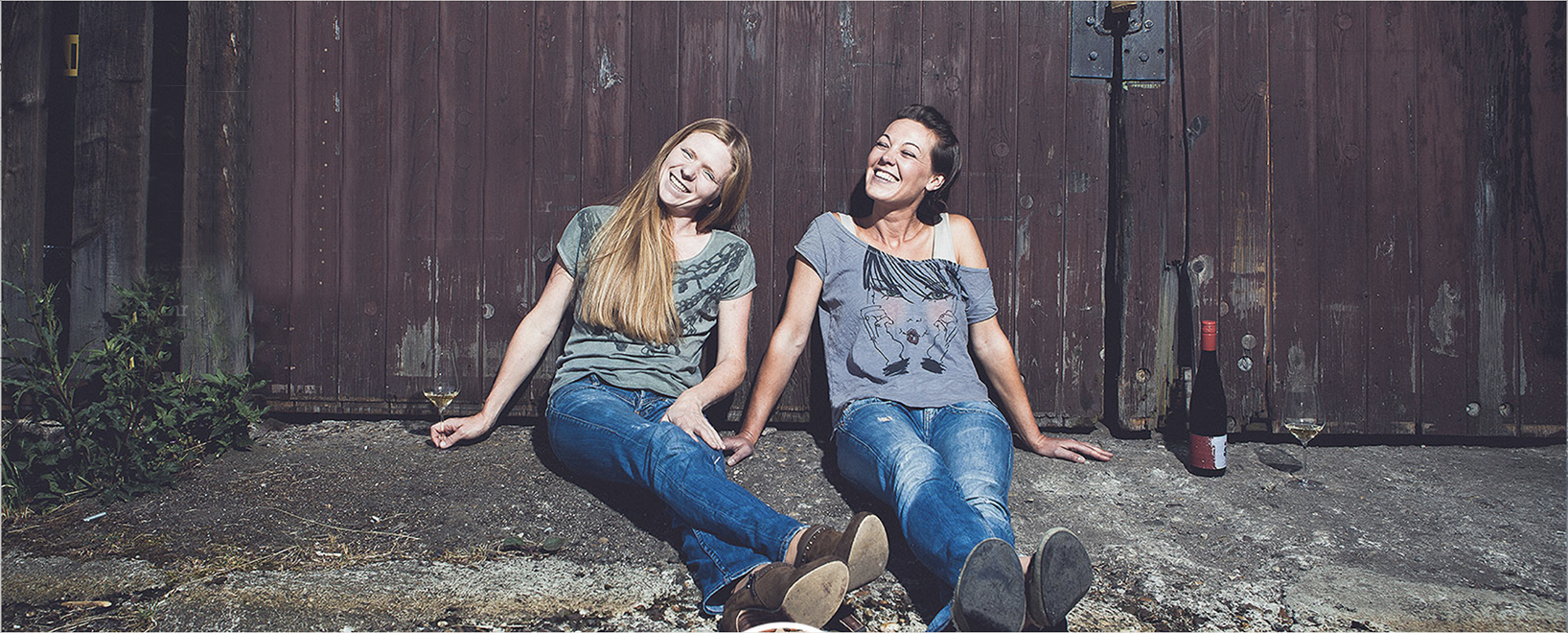 Region:
Region: -
Description:
In 2010, after having dedicated the previous 20 years to the recovery and maintenance of his vineyards—not to mention a lifetime to winemaking—Pedro Merayo established Bodegas y Viñedos Merayos. The Merayo family has always been strongly linked to the world of wine and they have owned one of the most important wineries (Bodegas Merayo, closed c. 1989) in the region for decades. However, in the late 1980′s, Pedro Merayo decided to take time off from winemaking to concentrate his efforts on the care and maintenance of the family vineyards. After the great changes of the late 1990′s, including the creation of new wineries and the modernization of existing ones in the context of an international market, the family decided to return to its roots.
Image: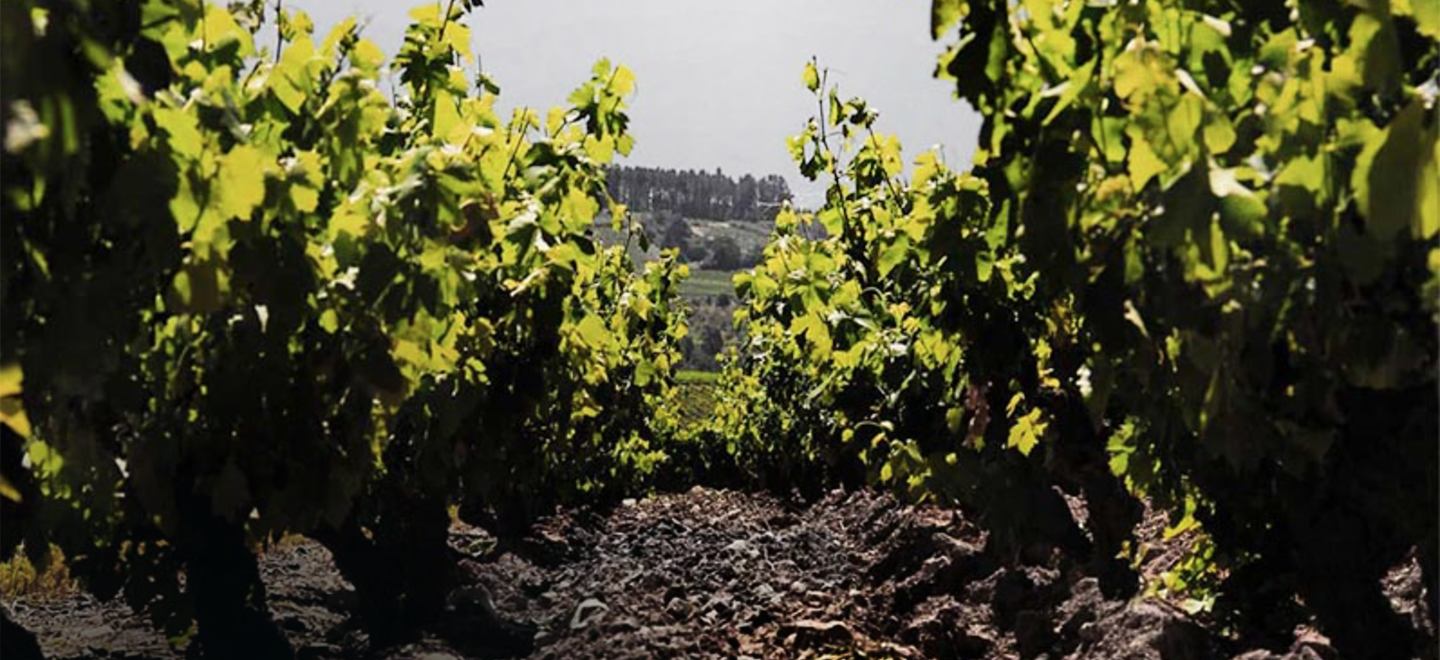 Region:
Region: -
Description:
Nothing has changed at Mestres since they produced their first Cava bottle, and you can taste the respect for their terroir and authenticity in their wines. The first records of the family as vinegrowers and négociants date back to 1312. In the 1600’s they began construction of the actual winery in San Sadurni d’Anoia, Penedes, Spain, which was finished in 1861. They bottled their first sparkling wine in 1925, and opened their first bottle to celebrate Christmas in 1928. They were the first producer to register the word cava in 1959, a word chosen to convey that this was a sparkling wine aged in a cellar.
They have always used the traditional grapes of their terroir: Xarel-lo, Parellada and Macabeu, all of them hand harvested on their 74 acres of vineyards, situated at 690 feet above sea level. These are some of the oldest vineyards in the area. To protect their patrimony, no insecticides or herbicides are used at the vineyard, and pruning is carried out to reduce their vigor, therefore producing grapes of greater ripeness and intensity.
Today, they still use traditional methods taught by their ancestors including, long aging in caves. The youngest of their wines is aged 2 years in the cellar, making all of their bottlings either Reserva or Gran Reserva. In order to achieve wines that are full and rich, aging is never rushed- the wines undergo a natural stabilization process during their long aging, so that the crystals which form can then be dégorged along with the yeasts. All of their production is aged under cork, and for all bottles riddling and dégorge is done by hand.
Image: Region:
Region: -
Description:
Leonel Hernández (Don Gil), a third generation maestro mezcalero, produces his mezcal in San Pablo Villa de Mitla, a town and municipality in Oaxaca. It is famous for being the site of the Mitla archeological ruins and is part of the Tiacolula District in the east of the Valles Centrales Region.
Mezcal Local is made with 100% agave Espadin, harvested after 10 years. The agaves are cooked underground for 3 days, ground using an Egyptian mill, and then fermented in wooden vats for 10 days. During the distillation process agave hearts, as well as a combination of fruits (apple, peach, banana and orange), are added to the still. The heart of the agave acts as a natural purifier and the fruits add a wide range of distinctive flavor notes. This mezcal is distilled twice in copper.
Mezcal Local is a vegan mezcal de pechuga (pechuga translates to breast in Spanish). This means the finished mezcal is redistilled with local fruits, grains, and nuts, and a raw chicken or turkey breast is hung over the still, cooking in the emanating vapors, supposedly adding to the spirit’s final flavor.
These mezcals are usually made in small batches according to old family recipes and served during special occasions such as harvest, weddings, funerals and festivals.Due to lack of protein, as Local only uses fruit during distillation, the CRM will not allow the Pechuga classification on the bottle.
Image: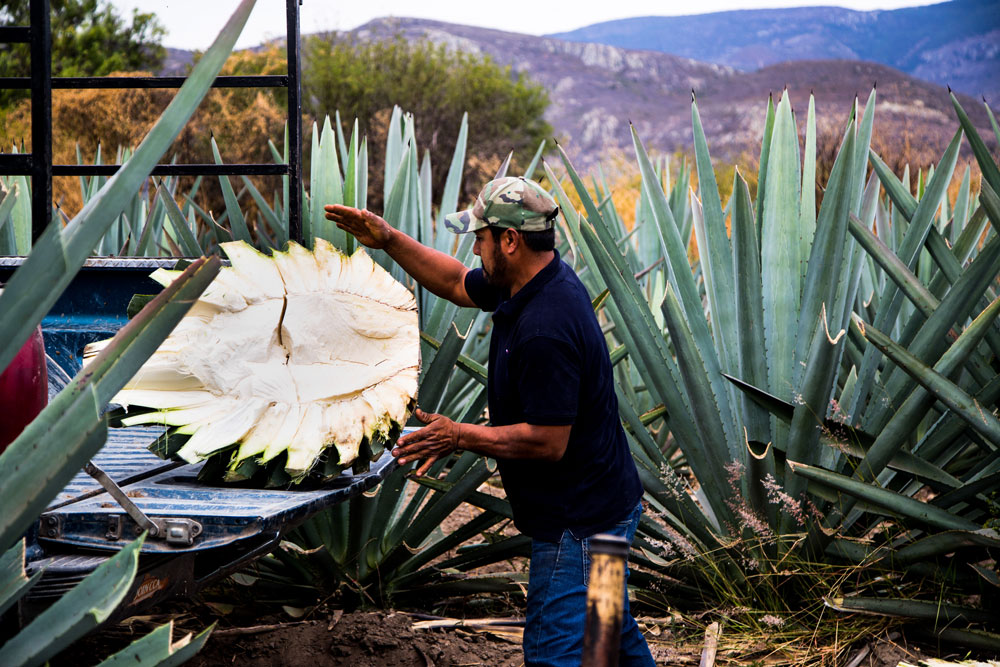 Region:
Region: -
Description:
Andrea Mufatto and Gerardo Michelini started their winery in 2019 alongside their son Manuel Michelini. They are situated at the foot of the Andes in one of the highest elevations of the Uco Valley where the soil contains some of the richest components of calcium carbonate and granite in all of South America. This particular sub region is at the highest, most western portion of Gualtallary and goes by the name La Cautiva. At Michelini i Mufatto they strive to make some of the most unique wines of Argentina and the wines show tension, elegance and balance. They are currently working with Semillon, Chardonnay, Chenin Blanc, Cabernet Franc and Malbec. The trio also makes wine in Uruguay and Spain and they are the first family in Argentina to import small production wine from Europe.
This profile and tasting notes were edited from the Brazos Wine website, along with the pictures used. For more information please visit: Brazos.
Image:Region: -
Description:
The Michelini family is not short of terroirs to explore in their native Argentina, and brothers Gerardo, Matias, and Juan Pablo continue to amaze with the amount and quality of the projects they get involved with in South America. Zorzal, Gen del Alma, Passionate Wines are just some of the labels they are associated with, and that have helped change and shape the current viticultural landscape of their native country. Now the family has gone a step further and taken its craft and vision to Spain, where they have set a firm foot in Bierzo, as well as Rioja.
It was through their friendship with César Marqués that the Michelinis got to know Bierzo so well. The Bierzo native Marques introduced them to some of the most prized vineyards in the area, and instigated the Argentinians to produce wines from there.
After having learned a thing or two from him about Mencia, Doña Blanca, Palomino and the local grapes from the area, the family went out on their own. They now have their own winery in Toral de Merayo, a two centuries-old building made of the stones that shape the mountainous landscape, and here they parked some old foudres, and even some amphorae made by the master of clay, Juan Padilla.
They farm their very old vines organically (soils in the region are mostly clay with slate and quartz) and the range of wines includes a village level with fruit from different plots, a couple of paraje (lieu-dit) wines, and prized crus such as Encinado, and Encrucijada.
Manu Michelini is the young winemaker, and he takes a traditional as well as an experimental approach: the reds are foot-stomped in the amphorae, sometimes with whole bunches, and they also ferment in clay. The aging is done in a mix of vessels, amphorae as well as used oak and chestnut barrels, and the wines see short macerations of less than 20 days, followed by aging in neutral French and American oak barrels.
Image: Region:
Region: -
Description:
Of the 175 wine growers in Vacqueyras; only 45 are bottling their own wines and selling direct from the domaine, with the rest selling to the co-op or to one of the three négociants in town. The Vache family of Domaine la Monardière falls amongst the growers. The Vache family bought their domaine in 1987 from the Monarde family, and immediately got to work revitalizing the vineyards, building a new winemaking facility. They began by selling the wines from the domaine's door. The Vaches also harvest all of their vineyards by hand, which is not a requirement of AOC Vacqueyras, nor is it a common practice. They have been working organically in the vineyards since 2000, but only began the certification process in 2007, and have now been certified since 2010.
They have 22 hectares total, 18 hectares in Vacqueyras and 4 hectares in Vaucluse. They never purchase any fruit or must. Monardiere has a lot of sandy soil and so they make a significant amount of rose and white - the total for both in the appelation is only 5%, but 15% of Monardiere's wine is rose and another 15% is white. Sixty percent of the appellation is on a plateau with a lot of stones and a clay subsoil. For all of the wines, they work with lower yields than the 36hl/ha that are allowed. They normally average 30-32hl/ha, but recent vintages have been hit hard 22 hl/ha in 2012 and 18hl/ha in 2013!
Since they practice organic viticulture, it only follows that they should vinify with as little intervention in the cellar as possible, to produce authentic wines that are true to their origin. After harvest, the grapes are sorted and mostly destemmed, and then put into cement vats; the indigenous yeasts found on the grapes start the fermentation naturally. They pump-over the wine daily for a gentle extraction. The Syrah and some of the Grenache vats are punched down manually, and maceration takes place for two to three weeks. The wines are then aged in vats or used barrels throughout the winter and then bottled without fining or filtration and a low amout of sulfur. The Monardiere wines offer an incredibly pure expression of Vacqueyras. www.monardiere.fr
BOWLER E-Zine Issue 4 | January 2022: HVE – Qu’est-ce que c’est?
Image: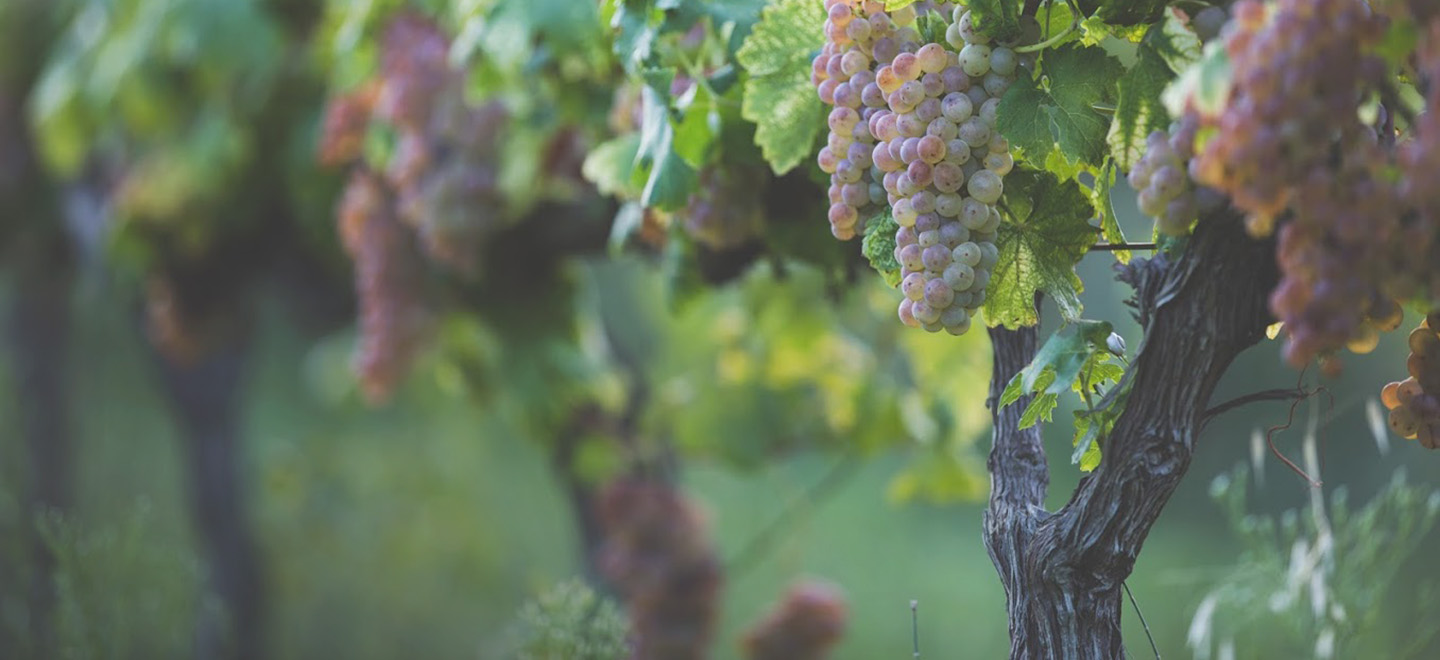 Region:
Region: -
Description:
Back in 2016, this small, family-owned, nature-oriented producer of “real Prosecco” absolutely blew us away in a massive blind tasting divided by category (col fondo, brut, extra dry, etc), outclassing a number of other producers—some more respected, others more famous—in every flight. Knowing that moments like these don’t happen often, we contacted them right away and found the people to be as genuine as the wines.
The Mongarda story began in 1978, when Bruno Tormena decided to dedicate himself full-time to the career of vignaiolo. As a youngster he learned the art of vine cultivation while working with his grandfather in family vineyards in the locality of Mongarda, from which the estate takes its name. Bruno transmitted his passion to his son, Martino, who has run the estate since 2011. Martino is a recent graduate of the enology school in Conegliano and he has intensified his family’s commitment to their land and the quality of their wines.
Today, Mongarda has 5 hectares of woods and 12.5 hectares of vines, spread between the villages of Col San Martino, Farra di Soligo, Miane, and Valdobbiadene. This is the heart of the Valdobbiadene-Conegliano Prosecco Superiore zone. Mongarda’s vineyards are on extreme slopes with old vines and poor, rocky soils, a situation which forces them to be worked manually. The main variety is, of course, Glera, but the Tormena family has also kept the local heirlooms of Perera, Verdiso, Bianchetta, and Boschera, which are interspersed through the parcels and co-harvested and co-fermented with the Glera.
The vines, some dating back to 1950, are pampered: no weedkillers (undesired plants are mowed or removed by hand) and no synthetic fertilizers (instead, a biodynamic compost of grape skins, vine cuttings, and manure from grass-fed cows is made in-house). While Martino has set organic certification as a goal, he is also concerned with elevated use of copper, whose toxicity is perhaps the ‘elephant’ in the organic viticulture room, especially in wet, cool, climates. He includes natural extracts from stingle nettles and horsetail.
In the cellar, the objective is to let the vintage and vineyards speak. Grapes are pressed whole cluster, softly enough to avoid extracting bitterness. All primary fermentations are spontaneous. The use of dosage is not formulaic, but is adjusted according to each vintage and disgorgement. Total production is 30,000 bottles.
Take a look at this beautiful five-minute video!
Image: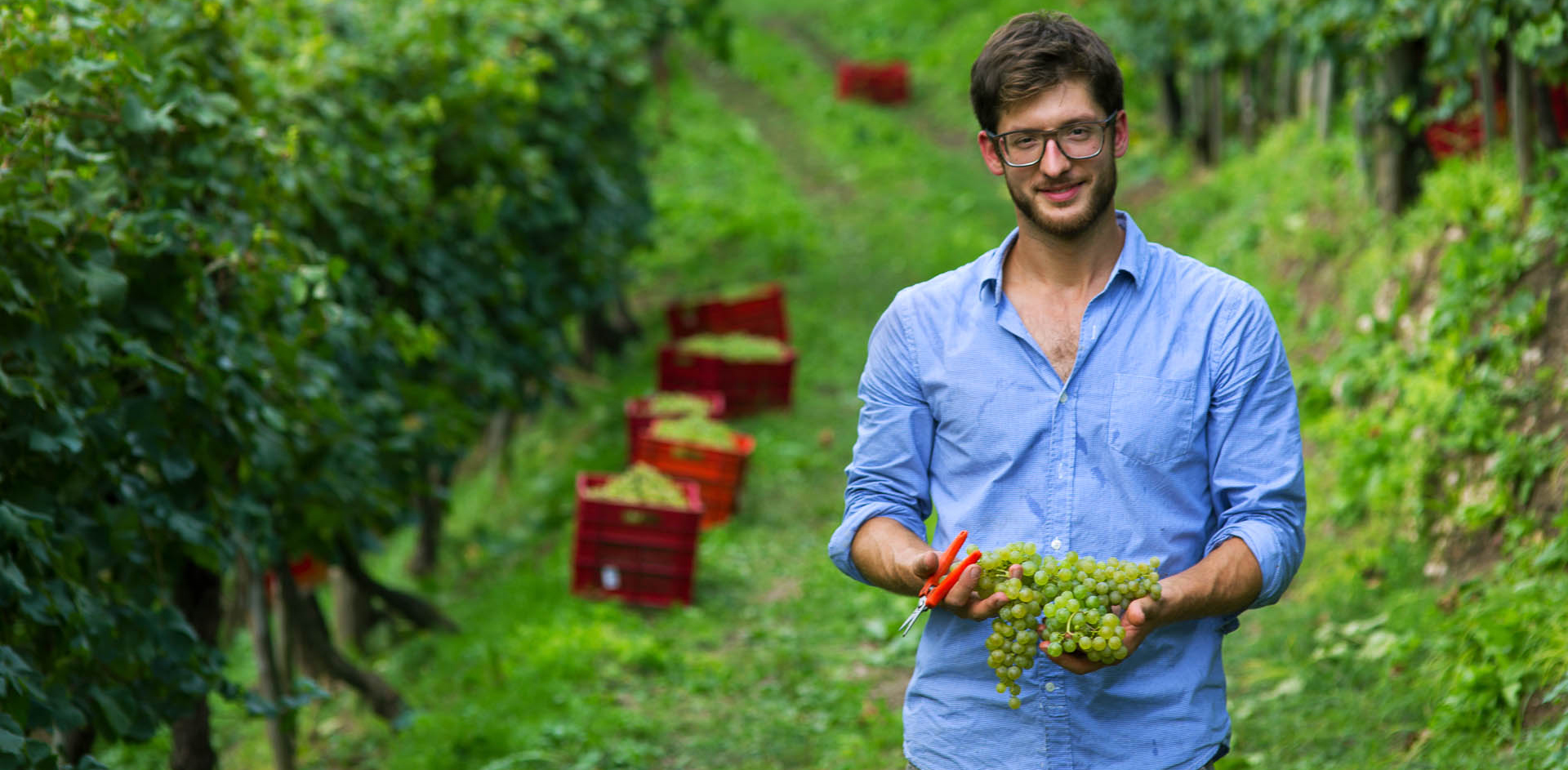 Region:
Region: